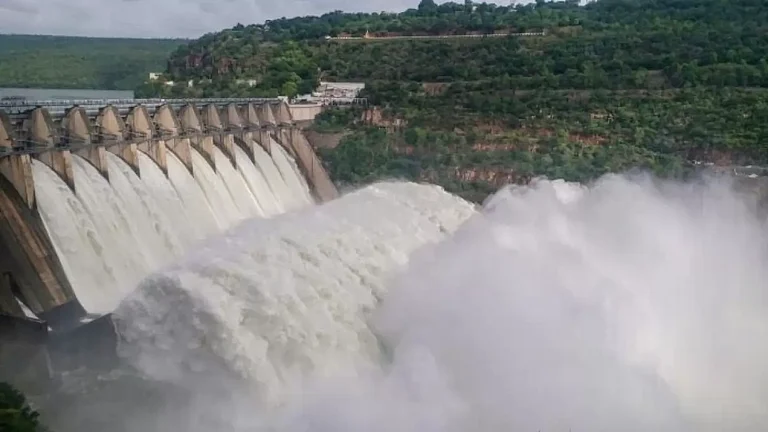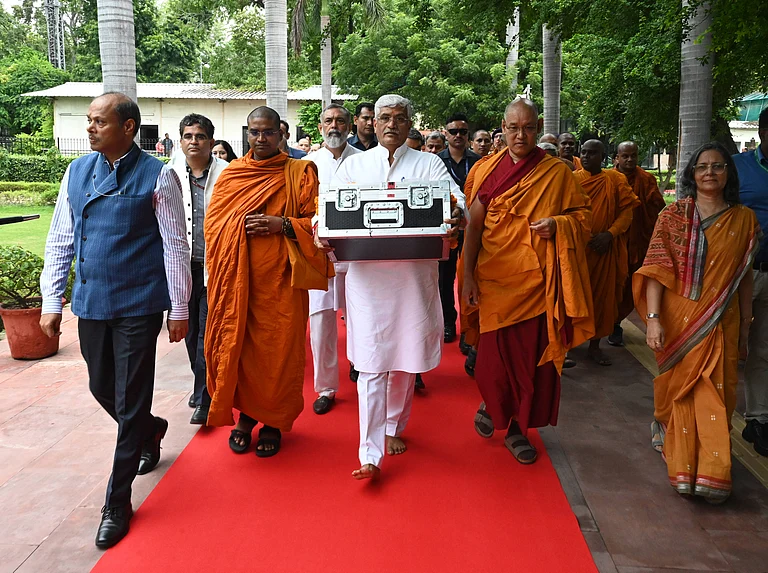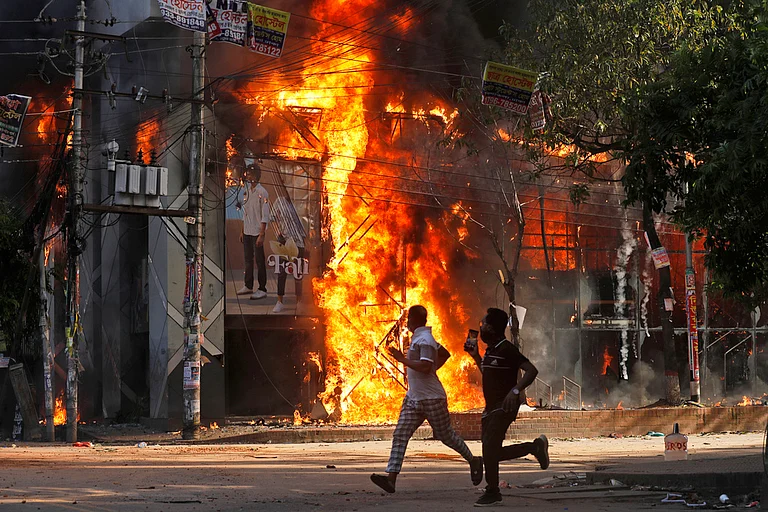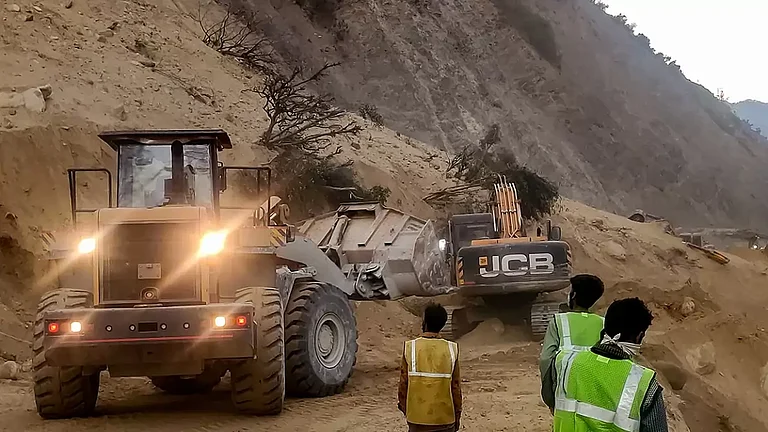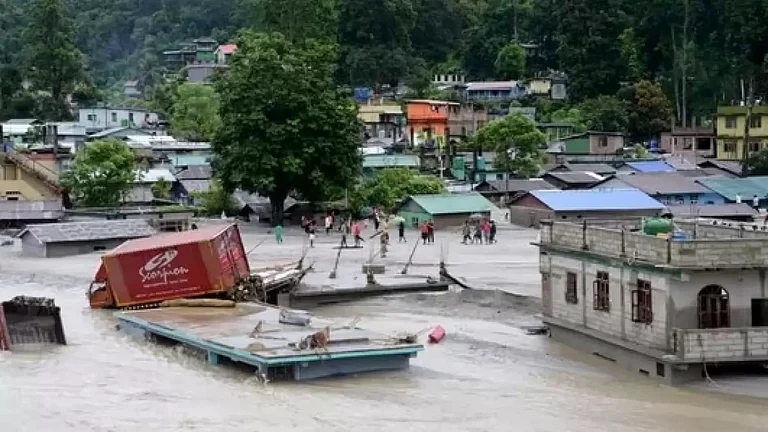China on Wednesday defended the launch of dam construction in an ecologically sensitive Tibet region over the Brahmaputra River. It dismissed the concerns over its impact in the downstream countries such as India and Bangladesh.
There have been mounting concerns in India over the potential environmental impact of the dam. India is keeping a close eye on the construction of what is said to be the world's largest hydropower dam, as reported by PTI.
Chinese Premier Li Qiang on Saturday announced the start of the construction of the dam in the lower reaches of the Brahmaputra River, locally known as Yarlung Zangbo, at Nyingchi City, located close to the Line of Actual Control (LAC) in the Arunachal Pradesh sector.
The project "will not have any negative impact on the downstream regions", Chinese Foreign Ministry spokesperson Guo Jiakun said at a media briefing, while responding to a question on concerns in India and Bangladesh over the dam.
Arunachal Pradesh Chief Minister Pema Khandu recently called it a ticking "water bomb", an existential threat and a bigger issue than anything else apart from the military threat.
In an interview with PTI Videos on July 8, Khandu said the world's largest dam project on the Brahmaputra River is a matter of grave concern, as China is not a signatory to the international water treaty that could have forced it to abide by international norms. "The issue is that China cannot be trusted. No one knows what they might do," he added.
The dam is expected to generate more than 300 billion kWh of electricity each year, enough to meet the annual needs of over 300 million people.
Concerns arose in India as the dam would empower China to control the water flow; its size and scale could also enable Beijing to release large amounts of water that could flood border areas on the Indian side.
Putting down the concerns of the lower riparian states, Guo said China has cooperated with them by sharing hydrological data, flood prevention and disaster alleviation. China had necessary communication with the two countries on the project, he said, adding that China would continue to enhance cooperation with downstream countries to benefit the people along the river.
The Chinese foreign ministry spokesperson said the development of the project in the lower reaches of the Yarlung Zangbo River is a matter of China’s sovereignty.
The project was aimed at building clean energy, improving local people’s lives and in response to climate change. In the planning, design and construction of the hydro power projects in the lower reaches, China strictly follows the highest industrial standards in protecting the ecological environment in an all-round way, said Yarlung Zangbo.
He also claimed that the development of the project will help prevent disasters along the whole river and will not harm the downstream regions.
China has already operationalised the USD 1.5 billion Zam Hydropower Station, the largest in Tibet, in 2015, which raised concerns in India.
Critics point out that the dams in Brahmaputra present an enormous engineering challenge as the project site is located along a tectonic plate boundary where earthquakes occur frequently.
India and China established the Expert Level Mechanism (ELM) in 2006 to discuss various issues related to transboundary rivers, under which China provides India with hydrological information on the Brahmaputra and Sutlej rivers during the flood seasons.
The sharing of hydrological data between the two countries hit a roadblock following the eastern Ladakh border row. Data sharing of trans-border rivers figured in the talks between India China Special Representatives (SRs) for the border question, NSA Ajit Doval and China's Foreign Minister Wang Yi, held here on December 18 last year.
Reports from Dhaka said the Chinese envoy to Bangladesh Yao Wen has assured that its dam is solely for electricity generation and will not affect water flow to downstream countries. Yao conveyed the message during a meeting with Bangladesh Foreign Affairs Adviser Md Touhid Hossain during their meeting on July 21.
"China will not withdraw or use any water from the project and the project will not affect downstream countries," he was quoted as saying in a media report.







